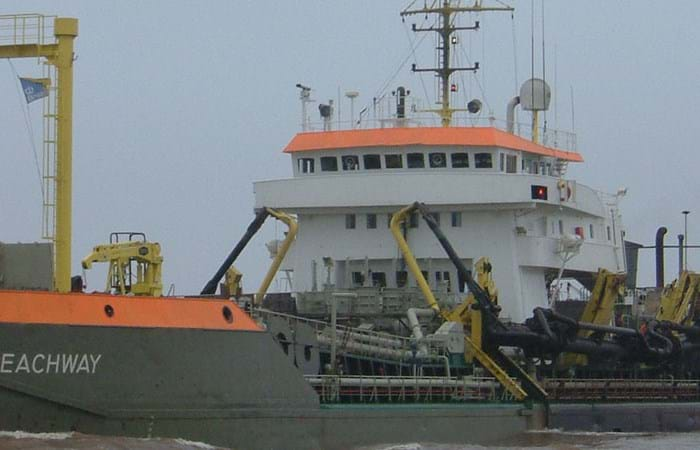The Rio Parana is the principal fairway for transporting the massive exports of agricultural products from the fertile plains of Argentina, Bolivia and Paraguay. Ocean going vessels sail the Parana River to the loading terminals in the Rosario region, situated 300 km upstream from the Rio de La Plata estuary. Both the Rio Parana and the Rio Uruguay flow into the Rio de la Plata. The Rio de la Plata can be described as a shallow inland-sea with natural depths between 1 and 6 m. The mouth of the Rio Parana from the Ocean is approximately 250 km. The Rio de la Plata has a width of 40 km on the upstream side near Buenos Aires and about 200 km downstream at the level of Montevideo.
The Martin Garcia Channel needed dredging over a length of 76 km to achieve a guaranteed depth of 32" for the entire route, thus creating a second access to the Parana and Uruguay river systems without the restrictions on length of the vessels. Hydronamic, the Boskalis consultancy arm, lead the estimation of sedimentation rates. Hydronamic also co-ordinated the ship simulations at MSCN and designed the toll collection system.
The Riovia consortium including Boskalis was awarded the maintenance dredging contract for a period of 8 years.
